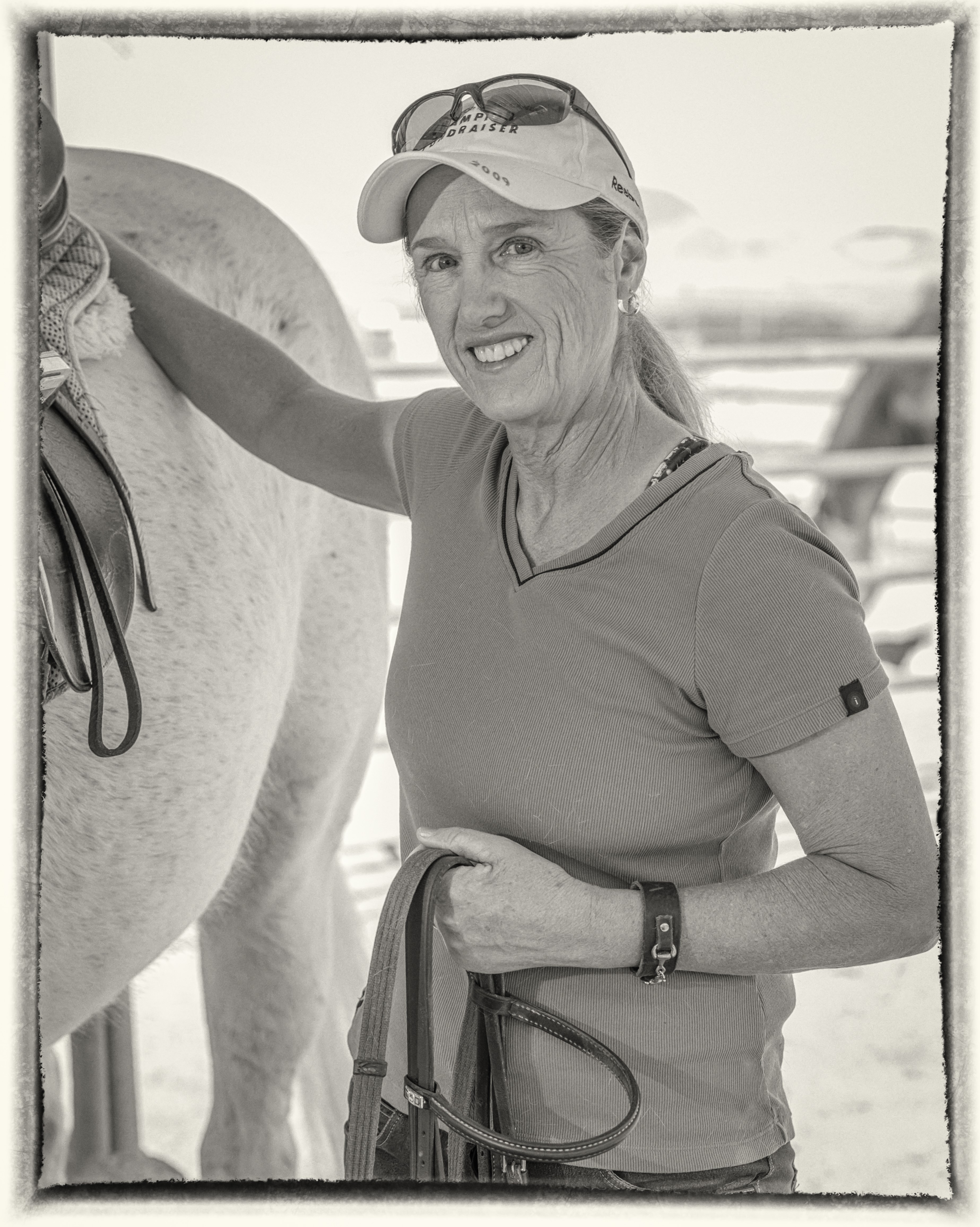Consumer Involvement




I was originally diagnosed with breast cancer in November of 2008, and then diagnosed again with metastatic breast cancer in October 2017. Ironically, my journey with breast cancer paralleled my career path in the pharmaceutical industry. This had its advantages on one hand, but also proved to be daunting on the other.
After spending over twenty years in preclinical research, in both veterinary and human health drug discovery, I heard about a promising career path as a Clinical Research Associate (CRA). CRAs monitor clinical trials at research sites ensuring government standards are being met. They train staff on protocols, check that data is accurate against patient medical records, insure adequate consenting procedures are followed and most of all, make sure that the safety of the patient is held to the highest standard.
My first job as a CRA was with a small, but up and coming pharmaceutical company. They specialized in monoclonal antibodies for many different cancers. It was also at this time I discovered a lump in my right breast. I remember being relieved that the diagnosis was breast cancer, especially when compared to some of the other cancers I had been working on. For example, Squamous Cell Head and Neck Cancer can sometimes leave a patient not able to eat, has limited treatment options and can result in severe facial disfigurement. While breast cancer is both devastating and disfiguring, I felt that at the age of fifty with my children grown, the treatment options for early stage BC were excellent.
Having worked in the field and being a big supporter of clinical trials, I had access to some top-notch oncologists. Because of this, I participated in a trial called CALGB 401011 to evaluate if chemotherapy was beneficial for patients who showed a mid-score range on the ONCO-DX. I was diagnosed with stage IIa breast cancer, and at the time, it was controversial if ‘middle of the road patients’ would do better with or without chemotherapy. I went for it. I entered the clinical trial. I continued to work as a CRA through my lumpectomy, chemotherapy and then radiation. I even went to my first ASCO meeting wearing my new fashionable wig to hide my baldness.
I continued following the standard of care for breast cancer, taking an aromatase inhibitor for 7.5 years. During this time, I also moved on to different clinical positions for a new company that had bought out the monoclonal company where I had started as a CRA. The pipeline had a promising CDK4/6 inhibitor and I was involved in naming the many trials which were required for FDA evaluation of this inhibitor.
Later, I was promoted to another clinical position where I worked directly with oncologists and their teams. We would alert them to new trials our company had to offer. Placing the right trial with the best oncologist and patient population is key.
We had numerous breast cancer trials for the CDK4/6 inhibitor, and we often had trainings to help us understand the patient’s emotional needs. We learned about the fear patients endure knowing that 30% will likely become metastatic. I lived that fear myself. Within my job, I was strongly open about my cancer diagnosis and history when working with oncologists. I wanted them to know that I was not just doing a job, but that I was also living with cancer breathing down my back. It felt like a race to defeat the devil.
And then one day, the devil caught up with me. The same month that the CDK4/6 inhibitor got approval, I was diagnosed with metastatic breast cancer. Five tumors were found in my liver. During my medical consultation with my oncologist, I presented slides to support taking the drug I had worked on all these years [abemaciclib (Verzenio®)]. She agreed that it was a good plan and thus far it has worked very well on my liver metastasis. Words can’t express the gratitude I have of living each day.
Unfortunately, I know all too well, that resistance is the next devil around the corner. I know the results of the studies which show the time to progression, not to mention the timeline of overall survival. This is where the importance of the Department of Defense (DOD) Breast Cancer Research Program comes into play.
Being a consumer reviewer allows me to continue my passion for being close to research. I have been a reviewer for many years now, and I continue to love being involved in this process. Young scientists are our future and the DOD Breast Cancer Research Program is an important step in helping these bright and upcoming scientists get their foot in the door.
My daughters, who have watched me go through breast cancer treatment twice now, know that I am part of the plan to eradicate this disease when they see me reading the long proposals. How better to help the next generation than show them you can stand up to adversity. There is no time to sit idle. I hope they never have to endure this disease, and with the help of the DOD, we have a fighting chance.
The DOD has given this opportunity to me, and I want to thank them along with all the scientists, oncologists, and researchers for respecting patients as partners in such an important decision-making process.
Reference:
1 Cyclophosphamide and Doxorubicin (CA x 4 Cycles) Versus Paclitaxel; (4 Cycles) as Adjuvant Therapy for Breast Cancer in Women with 0-3 Positive Axillary Lymph Nodes: A Phase III Randomized Study (CALGB 40101)
Last updated Thursday, December 5, 2024














